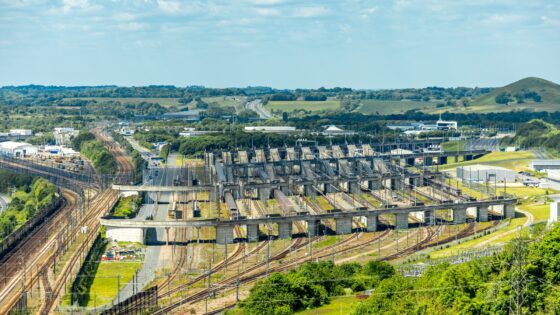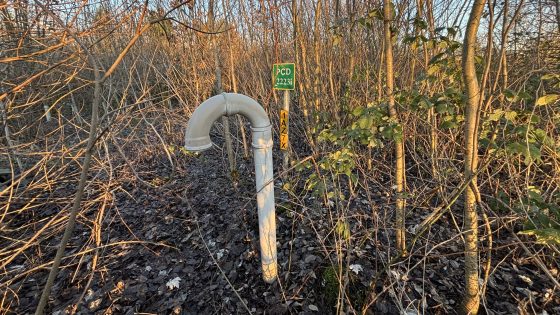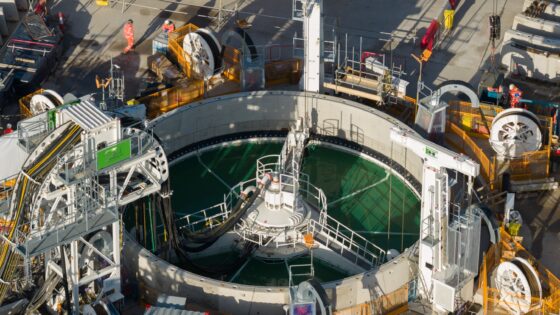Galliford Try leadership shift: what Wheatley’s appointment means for project teams
Reviewed by Joe Ashwell

First reported on The Construction Index
30 Second Briefing
Galliford Try has appointed Cliff Wheatley as divisional managing director of its Building business and to the group executive board from 1 January 2026, succeeding long-serving MD Ian Jubb, who will retire in June 2026 after 19 years with the company. Wheatley, who joined via the Miller Construction acquisition in 2008 and has led Building operations in the northeast and Yorkshire since 2014, will be replaced there by current operations director Jeremy Barnett. The fully internal succession signals continuity in leadership for Galliford Try’s UK building and infrastructure portfolio.
Technical Brief
- Succession timetable is fixed: Wheatley assumes divisional MD role January 2026; Jubb retires June 2026.
- Jeremy Barnett’s promotion from operations director to regional MD preserves existing project controls and delivery culture.
- Internal succession planning, as emphasised by CEO Bill Hocking, reduces key-person risk on complex building portfolios.
Our Take
Galliford Try appears in several of our recent UK Infrastructure pieces as a Tier 1 contractor on public-sector building frameworks, so continuity from a long-serving leader like Wheatley is likely to reassure repeat clients in the North East and Yorkshire.
The long, planned handover through to the end of June 2026 contrasts with some of the more abrupt leadership changes seen in other Infrastructure stories in our database, signalling that Galliford Try is prioritising stability over rapid strategic pivoting.
Given Wheatley’s roots in the former Miller Construction business, his elevation reinforces Galliford Try Building North East’s regional identity at a time when many UK contractors in our coverage are centralising decision-making away from local hubs.
Prepared by collating external sources, AI-assisted tools, and Geomechanics.io’s proprietary mining database, then reviewed for technical accuracy & edited by our geotechnical team.
Related Articles
Related Industries & Products
Construction
Quality control software for construction companies with material testing, batch tracking, and compliance management.
Mining
Geotechnical software solutions for mining operations including CMRR analysis, hydrogeological testing, and data management.
QCDB-io
Comprehensive quality control database for manufacturing, tunnelling, and civil construction with UCS testing, PSD analysis, and grout mix design management.


